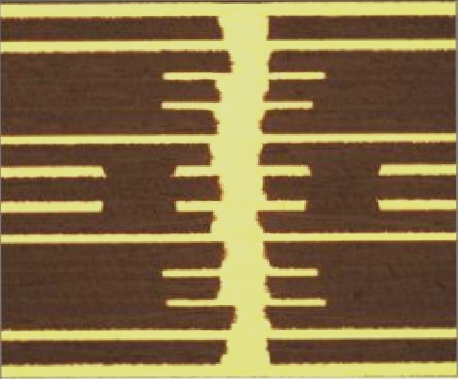Understanding PCB Wiring: Essential Tips for Electronic Engineers
When it comes to PCBs, wiring is a crucial aspect that is sometimes overlooked. Here are some key points to consider:
1. Avoid Cross Circuits
- Use methods like “drilling” and “winding” to prevent lines from intersecting.
- Simplify designs when needed and consider using wires to address cross circuit issues.

2. Component Installation
- Components can be installed vertically or horizontally, each offering unique advantages.
- Consider the hole pitch for different mounting styles on the PCB.
3. Grounding Points
- Position grounding points for circuits at the same level as close as possible.
- Utilize a “single-point grounding method” for better stability.
4. Ground Wire Arrangement
- Adhere strictly to the hierarchy of high frequency, intermediate frequency, and low frequency for the main ground wire.
- Ensure correct arrangements to avoid self-excitation and operational failure.
5. Strong Current Leads
- Make strong current leads wide to minimize resistance and voltage drop.
6. Trace Impedance
- Keep high-impedance traces short to prevent signal destabilization.
- Separate ground wires for different channels to avoid crosstalk.
These tips summarize essential considerations for wiring arrangements on PCB circuit boards. Implementing these practices can lead to more efficient and reliable electronic designs. For more information on PCB fabrication, visit Well Circuits.
Feel free to reach out if you have any further questions!




